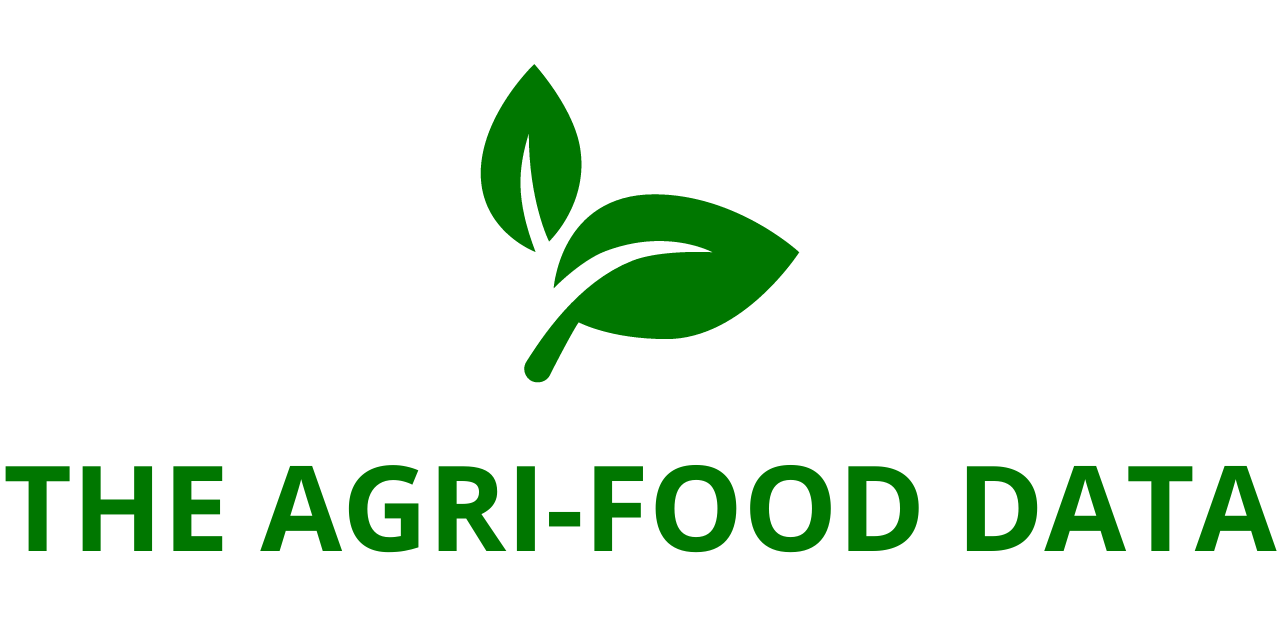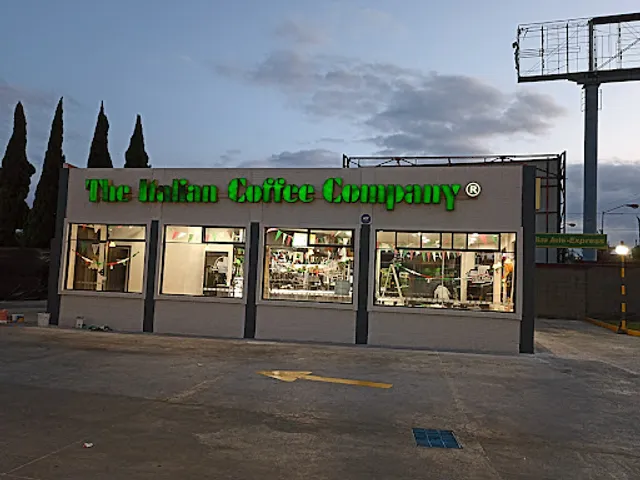
Tiller Cultivator Market Size to Grow USD1678.23 Million by 2029 at a CAGR of1.13| Valuates Reports
Tiller Cultivator Market is Segmented by Type( Gasoline Machine, Diesel Engine), by operation( ranch, Garden) Global Opportunity Analysis and Industry Forecast, 2023- 2029. It’s Published in Valuates Reports Under the order of Agricultural Equipment.
The Global Tiller Cultivator Market size was1565.36 USD Million In 2022 and is anticipated to reach1678.23 USD Million by 2029, growing at a CAGR of1.13 from 2023 to 2029.
Claim Your Free Sample Now https//reports.valuates.com/request/sample/QYRE-Auto-16W11509/Global_Tiller_Cultivator_Market
Major Factors Driving the Growth of the Tiller Cultivator Market
Due to the global trend towards agrarian robotization and growers’ rising desire for effective and slice- edge tools, the cultivator planter request is expanding significantly. Tiller tillers’ connection for small- to medium- sized granges, their function in perfection husbandry, and the objectification of clever husbandry ways are what propel the request.
Other reasons driving request expansion include the influence of rising ranch labor costs, government programs and subventions encouraging agrarian robotization, and developments in cultivator design. likewise, the request for cultivator tillers addresses the difficulties of feeding a rising population through increased agrarian productivity and effectiveness, thus meeting the necessity of global food security.
View Full Report Now! https//reports.valuates.com/market-reports/QYRE-Auto-16W11509/global-tiller-cultivator
TRENDS impacting THE GROWTH OF THE cultivator planter request
The rigidity of cultivator tillers for small and medium- sized agrarian conditioning has a major impact on the request’s growth. Tiller tillers’ bitsy size, dexterity, and rigidity make them perfect for meeting the demands of lower agrarian enterprises, which are current in the world’s agrarian geography. growers with limited coffers and land have espoused at a advanced rate as a result. The need for technologically sophisticated cultivator tillers is being driven by the combination of smart husbandry ways and perfection husbandry. A growing number of detectors, GPS units, and automated functions are included in these tools, enabling growers to maximize civilization effectiveness. The capacity to directly cultivate the soil, regulate planting arrangements, and control depth is in line with the ultramodern planter’s pursuit of effectiveness.
Another major motorist driving the cultivator planter request is growing mindfulness of soil health and sustainable agrarian styles. growers are realizing how pivotal it’s to prepare their land duly in order to save fertility and lessen the negative goods of husbandry on the terrain. Tiller tillers increase soil health and promote sustainable agrarian practices by making it easier to prepare seedbeds, manage weeds, and distribute nutrients. Tiller Cultivator Market Growth Government programs and impulses meant to encourage husbandry robotization are a major factor. multitudinous nations are putting in place backing plans to encourage growers to buy contemporary agrarian ministry, similar as cultivator tillers. The forenamed conditioning serve as instigations for request growth by mollifying growers’ fiscal strain and promoting the use of sophisticated agrarian outfit.
Global labor dearths and growing charges have forced growers to look at mechanized druthers
. By barring the need for physical labor for operations like soil medication and civilization, cultivator tillers give an volition. Farmers looking to minimize operating costs are drawn further to cultivator tillers because of their cost- effectiveness and effectiveness as labor costs rise. The primary problem of feeding the world’s expanding population has brought food security into sharper focus. Tiller tillers are essential in resolving these issues since they increase agrarian affair and effectiveness. The request for cultivator tillers is pivotal to maintaining productive and sustainable agrarian styles that can handle the difficulties of feeding a growing population as food demand rises.





